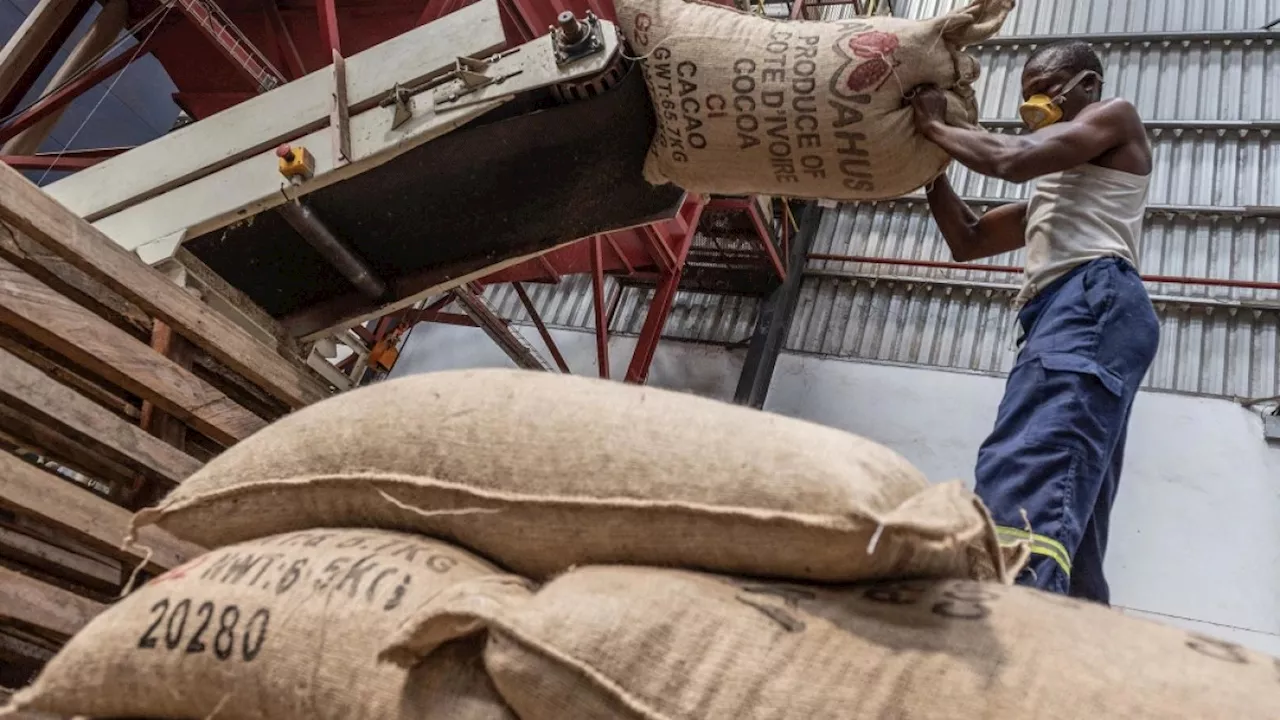Higher cocoa prices are forcing chocolatiers to use more filler ingredients like nuts to offset costs, potentially impacting Valentine's Day treats. Climate change fueled by extreme weather events is impacting cocoa production in West Africa, leading to a global supply deficit and concerns about future chocolate availability for holidays like Easter and Christmas.
The price of raw cocoa, chocolate's key ingredient, has surged by 200% over the past year, according to Adobe Analytics, which tracks online retail prices. On global commodities markets, cocoa futures are down slightly in recent weeks after peaking above $12,000 per ton — a record — just before Christmas. Two years ago, they were less than $2,500. This historic price run-up just ahead of the chocolate industry’s biggest day of the year has been months in the making.
Disruptive weather patterns fueled by climate change have hammered West Africa, where most of the world’s cacao, the raw form of the bean that gets processed into cocoa, is grown. The cacao bean grows best in temperatures up to 89 degrees Fahrenheit and with annual rainfall less than 2,000 millimeters. In 2024, 71% of cacao-producing areas in West Africa experienced an average of 42 days with temperatures above that heat threshold, with some areas receiving 40% more rainfall than expected during the peak of the rainy season, according to researchers. The increased temperatures and precipitation contribute to fungal diseases in cacao beans, the researchers said. Warm, humid conditions also breed mealybugs, which can spread an infection that spoils cacao crops. The combined impact of excessive heat and rainfall severely affected yield for cacao farmers. In the 2023-2024 harvest season, production was down 13.1% from the previous season, the Wells Fargo Agri-Food Institute told NBC News. Intensifying and more frequent extreme heat events and excessive precipitation are directly linked to global warming, as rising temperatures trap more moisture in the atmosphere. This is kind of the new norm,” said Jason Clay, the executive director of the Markets Institute for the World Wildlife Fund. “With climate change, we’re seeing that there are more bad years than there are good years in some crops, in some locations.” The Wells Fargo researchers estimate the cocoa supply deficit is now the worst it’s been in 60 years, standing at negative 478,000 metric tons. The crunch is triggering doubts about festivities beyond Valentine’s Day. “Now the big question is about Easter,” said Jacques Torres, a chocolatier with high-end shops in New York City. “The bigger question is next Christmas — that’s where things are going to be a little bit more sticky.” Even Hershey is responding to the market squeeze. The chocolate giant requested permission from the Commodity Futures Trading Commission to buy over 90,000 metric tons of cocoa, more than nine times the amount allowed by the exchange, A Hershey spokesperson didn’t comment on the CFTC decision but dismissed worries of a shortage, saying the company “has a rigorous commodity procurement process, and we are well-covered in our cocoa needs for 2025.” Chocolate sellers are increasingly adding filler ingredients like nuts to offset higher cocoa costs. (Michael Wyke / Houston Chronicle via Getty Images file) “The 30-piece bags of the mini candy bars, I think we’re going to see that shrink a little bit,” said John Branch, a confectionery analyst at the National Confectioners Association. “It may be 20 pieces in a bag instead of 30, and the price point kind of stays the same.” in the 12 months ending in mid-August last year, up 1.5% from the prior 12-month period, according to the National Confectioners Association, even as units sold fell nearly 5% — indicating consumers spent more for less chocolate. Keeping chocolate affordable will require stepped-up environmental protections in cocoa-producing areas, advocates warn. “Climate change has barely started to affect food production. It’s going to get much worse,” Clay said. “The good news is that if you get trees planted for shade, you can actually reduce temperatures from getting as hot as they do in these deforested areas.” Clay said chocolate producers need to work together, rather than in competition, to invest in protective measures. That includes planting more trees, ensuring sustainable pay for cacao farmers and genetically modifying crops to become more disease-resistant.
CHOCOLATE CLIMATE CHANGE COCOA PRICES SHORTAGE VALENTINES DAY AFRICA AGRICULTURE FOOD PRODUCTION
United States Latest News, United States Headlines
Similar News:You can also read news stories similar to this one that we have collected from other news sources.
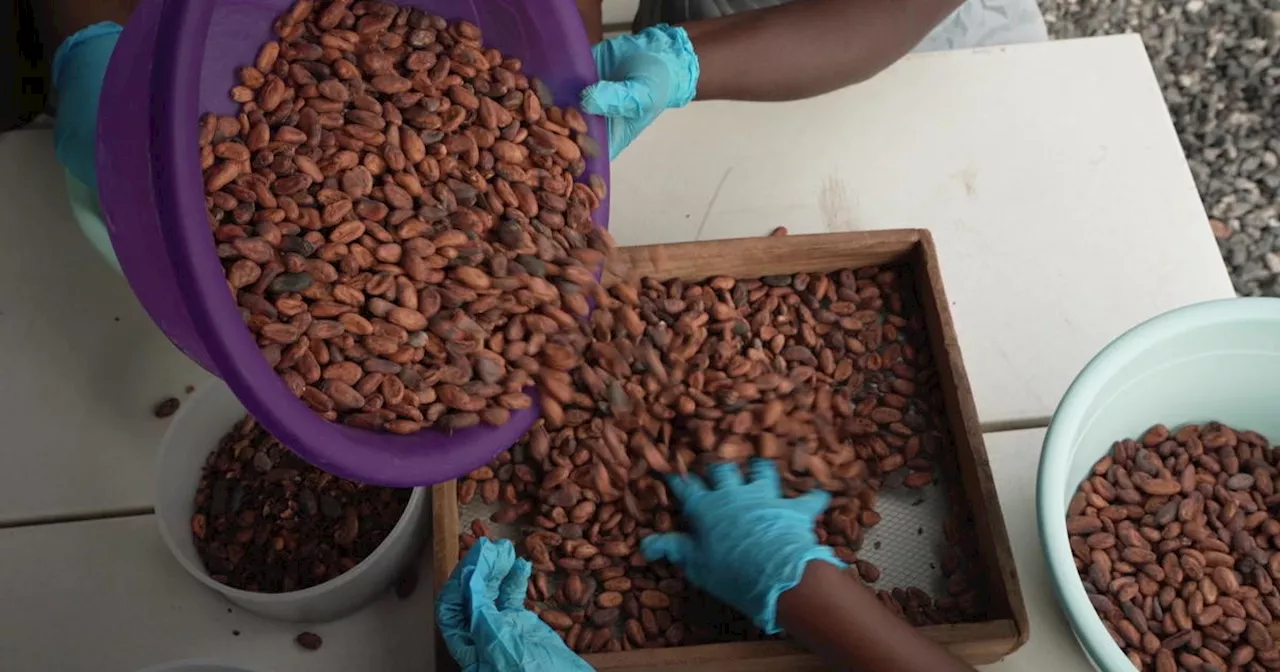 Climate Change Threatens Chocolate Supply and Drives Up PricesAs Valentine's Day nears, the world's chocolate supply faces a growing threat from climate change, which is disrupting cacao production in West Africa. Rising temperatures and erratic rainfall are impacting both the quantity and quality of cacao beans, leading to higher prices for consumers. Experts warn that the future of cacao farming remains uncertain, raising concerns about the affordability and availability of chocolate in the years to come.
Climate Change Threatens Chocolate Supply and Drives Up PricesAs Valentine's Day nears, the world's chocolate supply faces a growing threat from climate change, which is disrupting cacao production in West Africa. Rising temperatures and erratic rainfall are impacting both the quantity and quality of cacao beans, leading to higher prices for consumers. Experts warn that the future of cacao farming remains uncertain, raising concerns about the affordability and availability of chocolate in the years to come.
Read more »
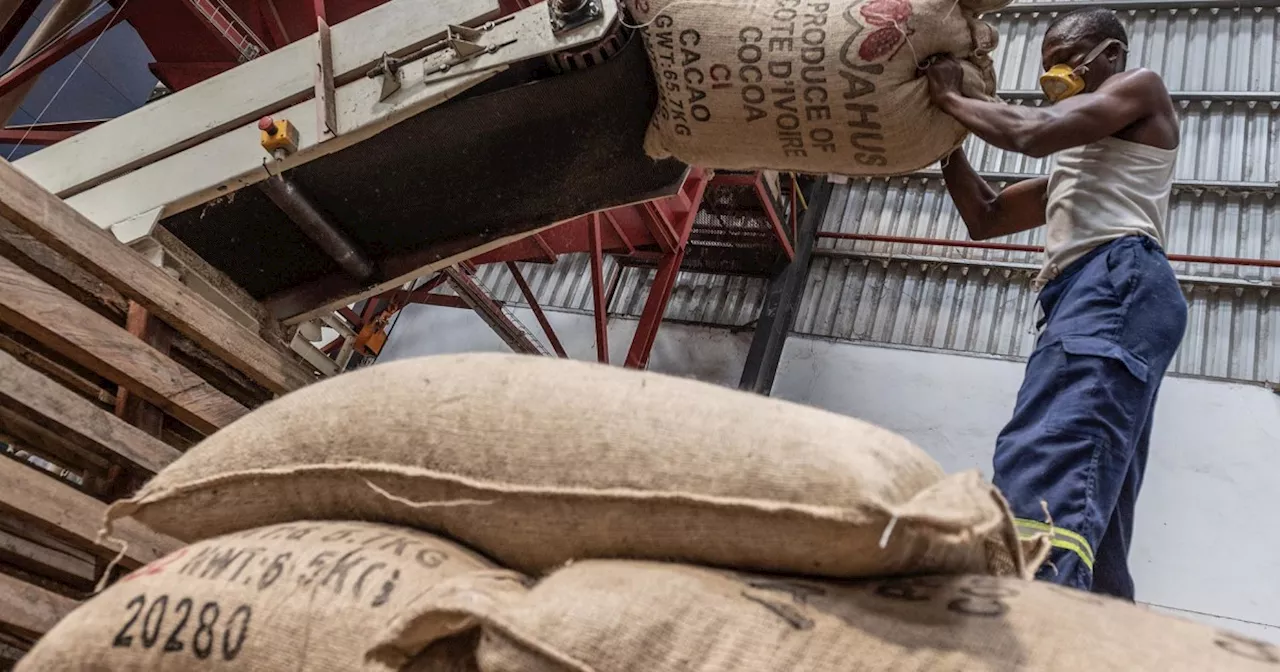 Chocolate Prices Soar as Climate Change Impacts Cacao CropsThe cost of chocolate is rising due to a significant decrease in cacao bean production caused by extreme weather patterns linked to climate change. Farmers in West Africa, where most cacao is grown, are facing challenges from heat, rainfall, fungal diseases, and mealybugs, resulting in a global cocoa supply deficit. This shortage is expected to impact chocolate prices throughout the year, potentially leading to 'shrinkflation' and concerns about future holidays.
Chocolate Prices Soar as Climate Change Impacts Cacao CropsThe cost of chocolate is rising due to a significant decrease in cacao bean production caused by extreme weather patterns linked to climate change. Farmers in West Africa, where most cacao is grown, are facing challenges from heat, rainfall, fungal diseases, and mealybugs, resulting in a global cocoa supply deficit. This shortage is expected to impact chocolate prices throughout the year, potentially leading to 'shrinkflation' and concerns about future holidays.
Read more »
 Global Cocoa Shortage Drives Up Prices, Impacts Chocolate IndustryA severe cocoa shortage in West Africa, attributed to climate change and disease, is pushing global cocoa prices to record highs. This is forcing chocolate makers to raise prices and explore alternative ingredients. While chocolate sales remain strong, the industry faces a long-term challenge to ensure sustainable cocoa production.
Global Cocoa Shortage Drives Up Prices, Impacts Chocolate IndustryA severe cocoa shortage in West Africa, attributed to climate change and disease, is pushing global cocoa prices to record highs. This is forcing chocolate makers to raise prices and explore alternative ingredients. While chocolate sales remain strong, the industry faces a long-term challenge to ensure sustainable cocoa production.
Read more »
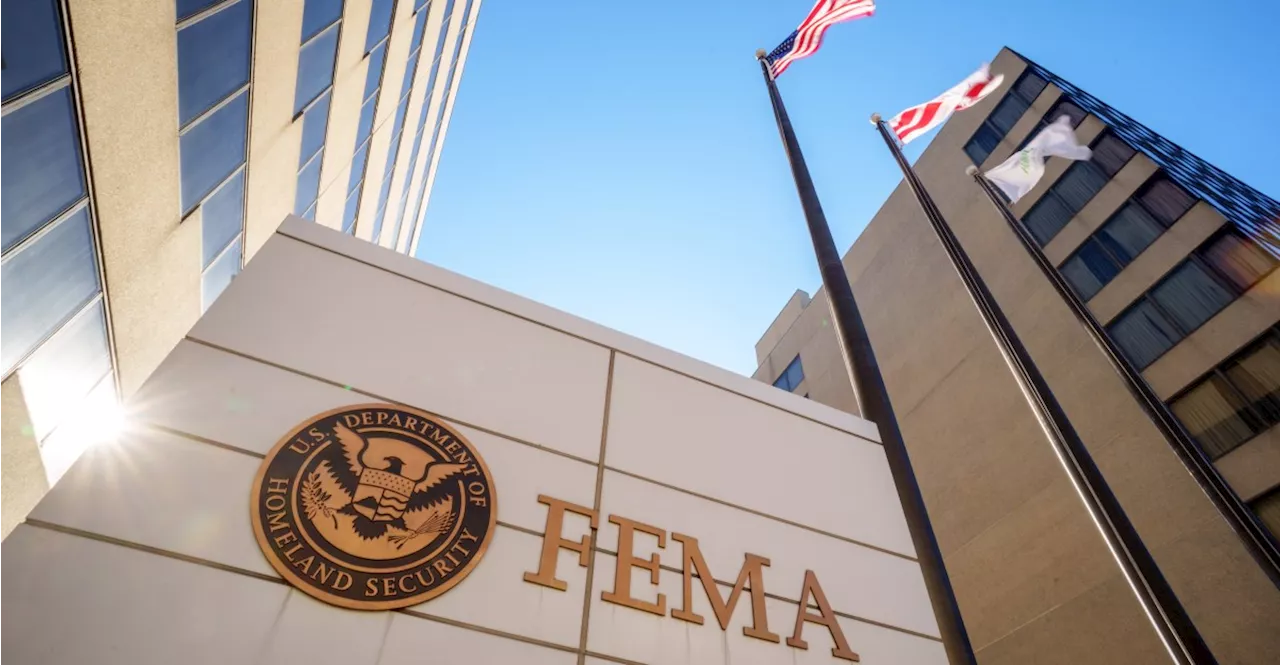 FEMA quietly removes 'climate change' from its websiteThe Federal Emergency Management Agency (FEMA) has rebranded its 'climate resilience' website to 'future conditions,' removing explicit references to 'climate change.' This shift comes amid the Trump administration's efforts to downplay climate change and curtail environmental initiatives. While subtle mentions remain, the change signals a concerning trend of obscuring the urgency of climate change.
FEMA quietly removes 'climate change' from its websiteThe Federal Emergency Management Agency (FEMA) has rebranded its 'climate resilience' website to 'future conditions,' removing explicit references to 'climate change.' This shift comes amid the Trump administration's efforts to downplay climate change and curtail environmental initiatives. While subtle mentions remain, the change signals a concerning trend of obscuring the urgency of climate change.
Read more »
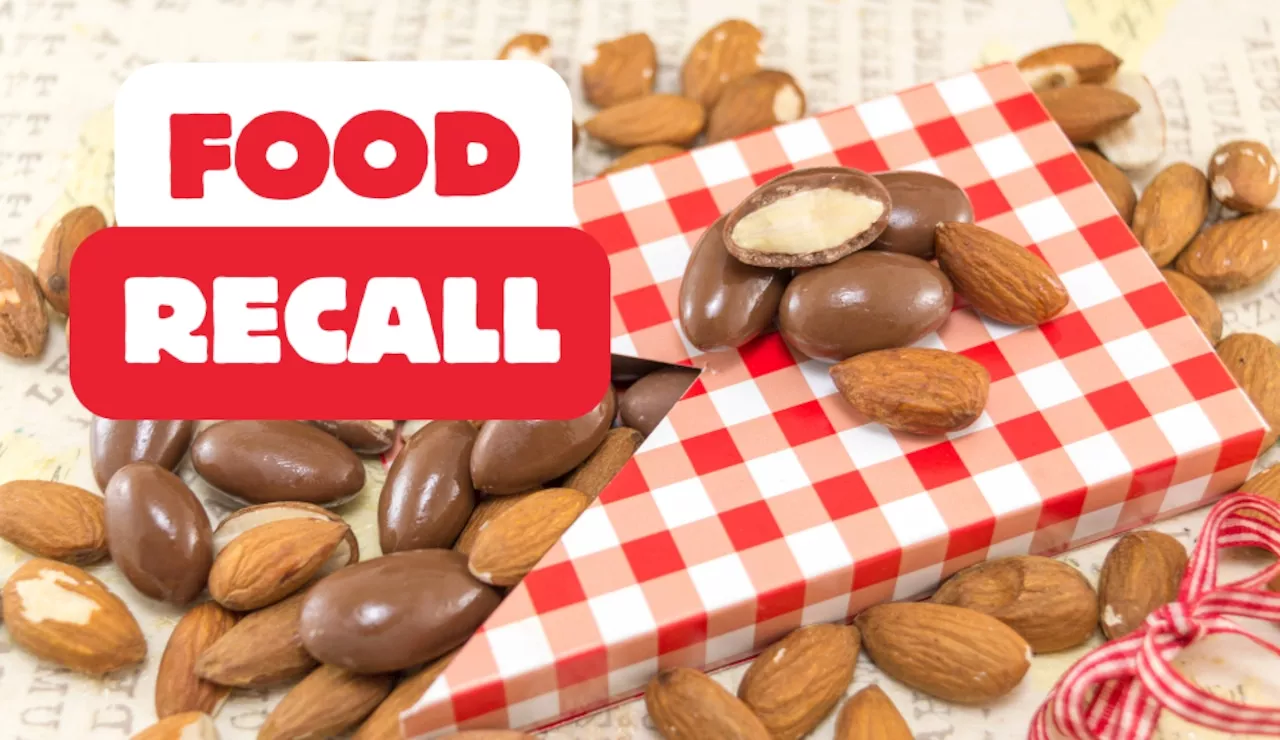 Chocolate recall: Throw out these chocolate products sold in 9 states ASAPThe Food & Drug Administration (FDA) bumped the chocolate- and yogurt-covered nuts and fruit to the highest risk level because they can cause 'serious' or 'life-threatening' illness. Here are the products to throw out and avoid
Chocolate recall: Throw out these chocolate products sold in 9 states ASAPThe Food & Drug Administration (FDA) bumped the chocolate- and yogurt-covered nuts and fruit to the highest risk level because they can cause 'serious' or 'life-threatening' illness. Here are the products to throw out and avoid
Read more »
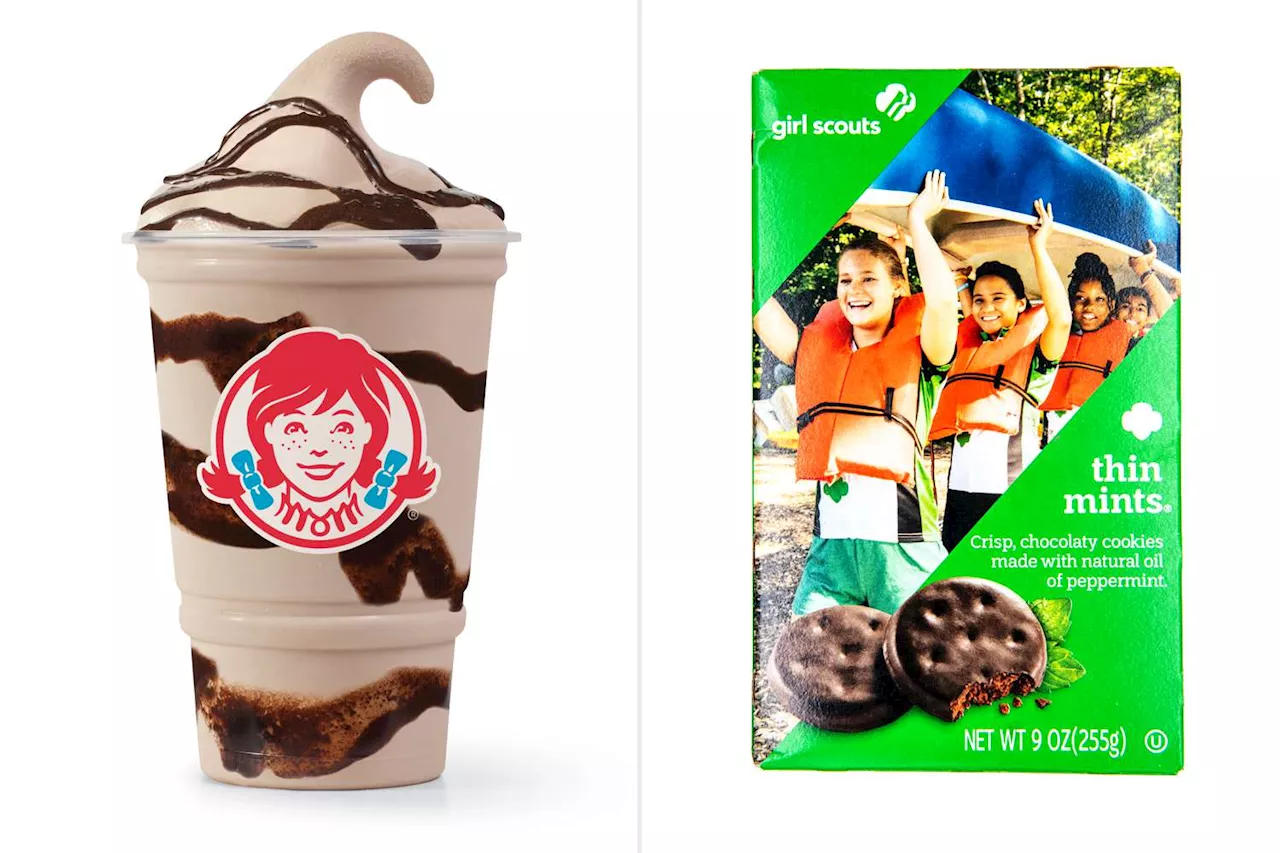 Wendy’s and Girl Scouts Collaborate on a Thin Mints FrostyFans can choose to add the minty-chocolate swirl to a chocolate or vanilla Frosty base
Wendy’s and Girl Scouts Collaborate on a Thin Mints FrostyFans can choose to add the minty-chocolate swirl to a chocolate or vanilla Frosty base
Read more »
